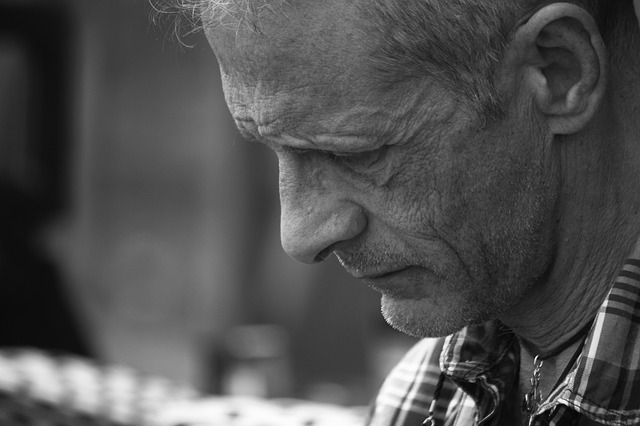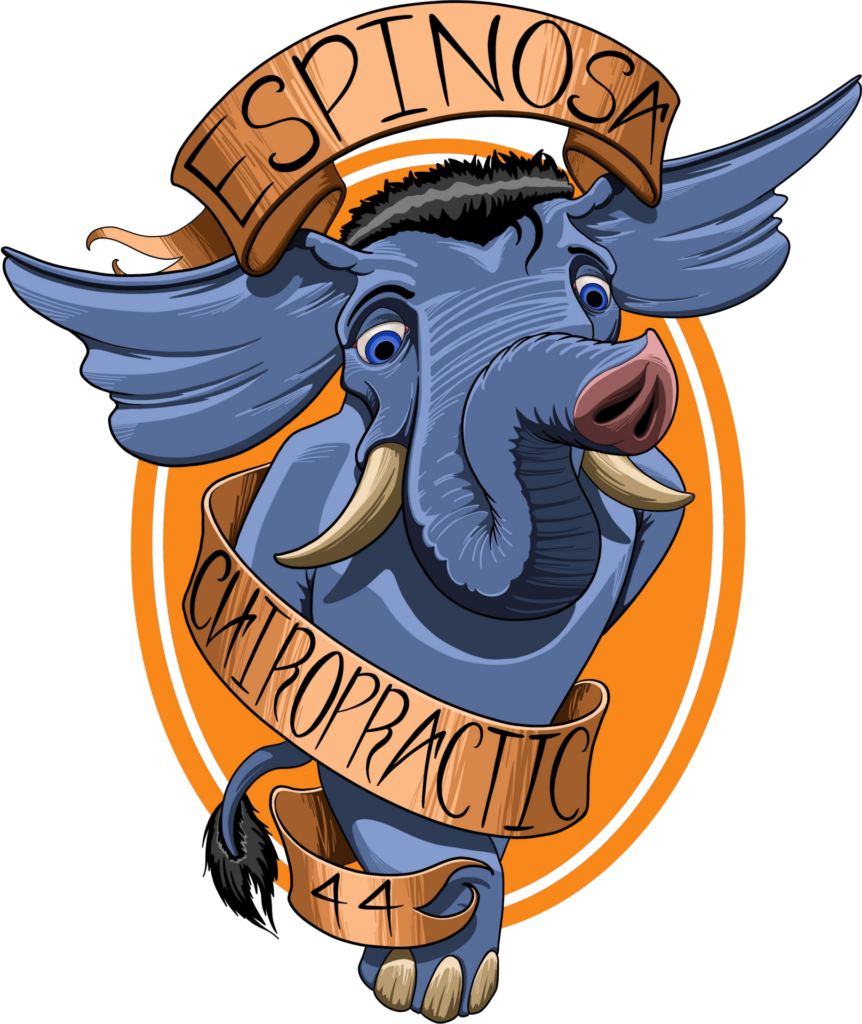
Spinal Stenosis in Our Spotlight

One of the lesser known spinal conditions
Nonetheless, one of the most brutal. Spinal stenosis involves a narrowing of the spinal canal, which shelters and protects the spinal cord. When this narrowing happens, space is naturally reduced and the ensuing tightness pinches the spinal cord and the nerves around it, causing pain, tingling and numbness, throughout the spine and to the extremities. So how does this narrowing of the spinal cord happen?
Causes of spinal stenosis
The causes of spinal stenosis are varied, including:
- Overgrowth of bone or facet joints: bone spurs, often caused by the wear and tear associated with osteoarthritis can grow into the spinal canal.
- Herniated discs: the inner material of the disc can bulge out and impinge upon the spinal canal and nearby nerves.
- Thickening ligaments: this connective tissue can become stiffer and thicker over time, creating a bulge into the spinal canal.
- Spinal injuries
- Tumors:
Caring for spinal stenosis: an alternative to surgery
Currently, surgery remains one of the most common medical responses to spinal stenosis. But more people and physicians are starting to look for more conservative forms of treatment, including chiropractic. As an alternative to surgery-first treatment, chiropractic uses spinal adjustment to restore lost range-of-motion in the spinal joints, helping to improve comfort and decrease dysfunction associated with spinal stenosis. We combine these modalities with stretching and strengthening movements to improve your body’s capacity to deal with the condition. Furthermore, an improvement of spinal stenosis using chiropractic care is scene as a good indicator of post-surgery success. If you are interested in chiropractic care as an alternative treatment for spinal stenosis, give our office in Sacramento a call to schedule an appointment today.
